Jan’s Wedding Ring
Estimated reading time: 8 minutes, 11 seconds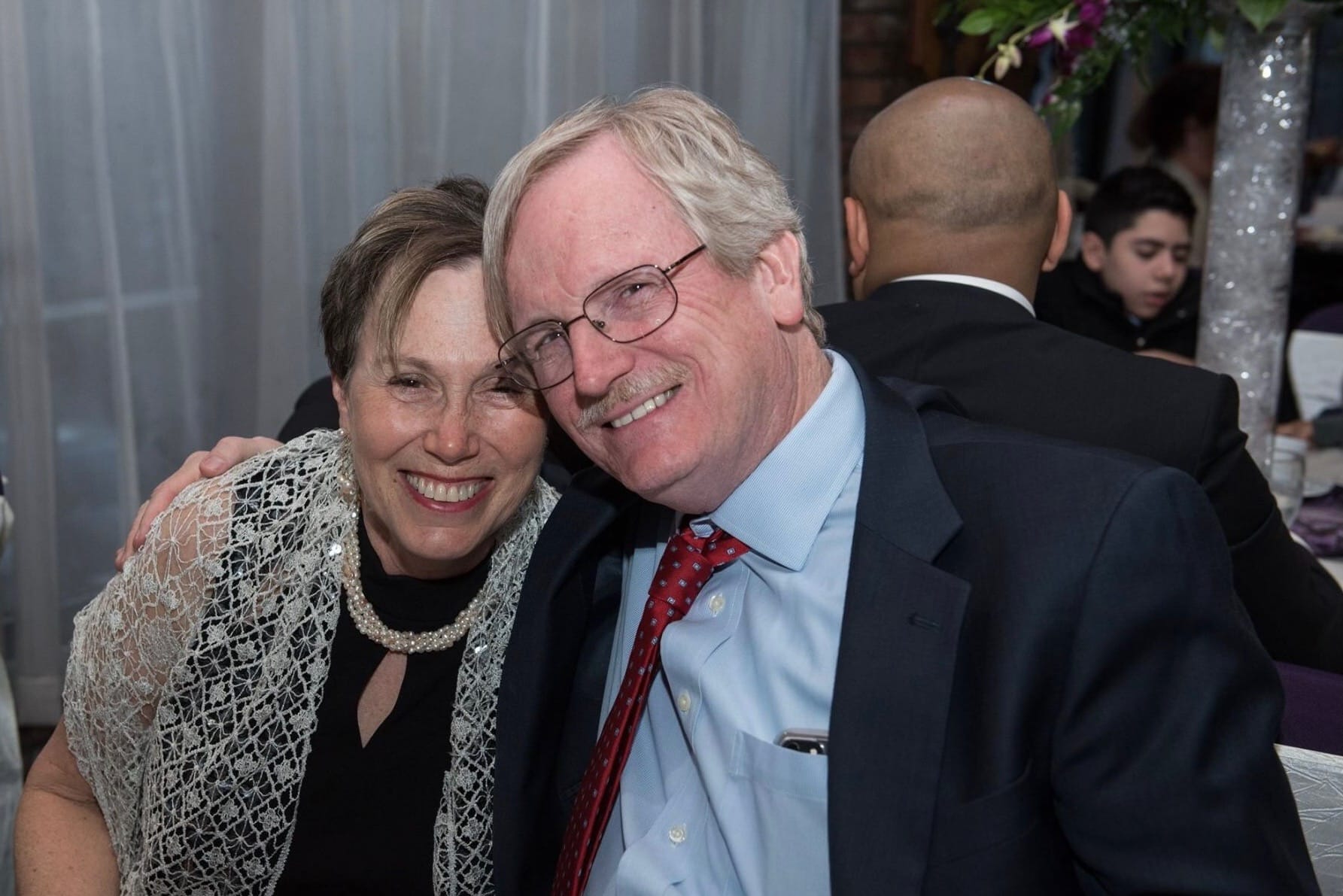
Am I Still Married, or Am I Widowed?
Am I still married, or am I widowed? This is a question that I have mulled over since Jan died. Most of my family and friends never think about it, and they are sure I am a widow and decide on the legal and religious definition of marriage only lasting “till death do us part.
I always believed Jan and I were married for eternity when we met. Sharing a portion of the soul of the other is not a relationship that begins with a wedding or ends at death.
A Rabbi and a Pastor officiated at our wedding, fulfilling the legal requirements of the State of New York. However, a divine blessing on the day we met bound us together, not for the days of our lives but for eternity.
As long as I live, my answer will be that I am still married despite the legal reality.
If love never dies, how can death end a marriage?
You may find this recent post of interest.
- Why will I always be grateful to Jan?
- Jan Clears the Deck
- Will you marry me?
- Our last conversation?
- We Are Getting Married!
- What About the Kids?
- Shadows from the Past
- Wedding Roadblocks

This work is licensed under a Creative Commons Attribution-NonCommercial 4.0 International License.
After almost 48 years, I recently lost my wife, Jan Lilien. Like The Little Prince, Jan and I believed that “The most beautiful things in the world cannot be seen or touched, they are felt with the heart.” This blog is a collection of my random thoughts on love, grief, life, and all things considered.
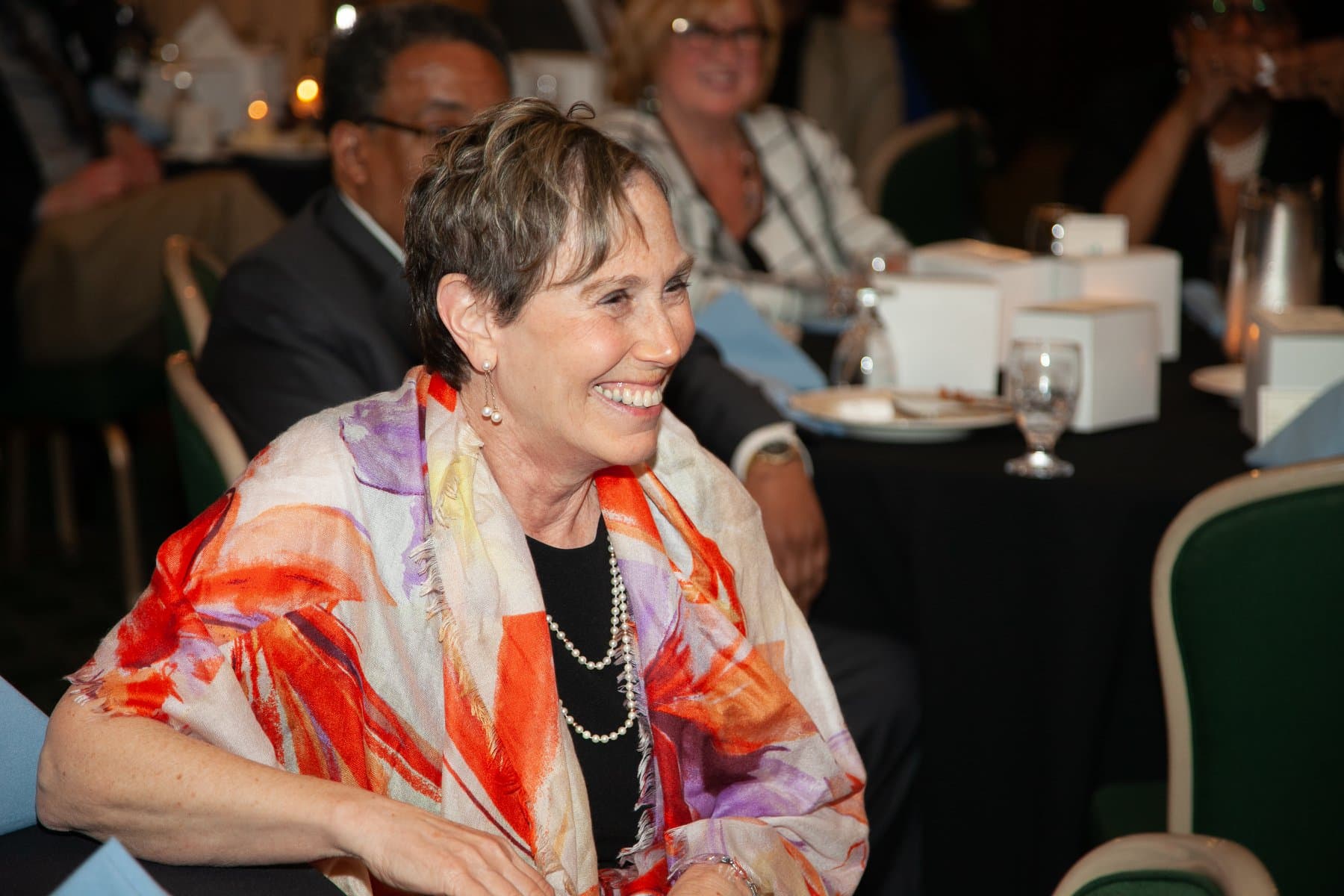

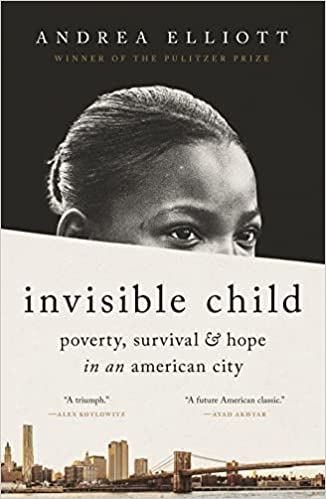
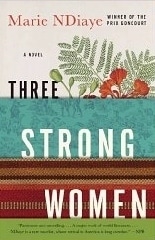
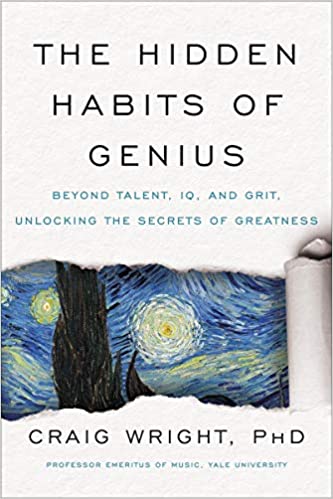
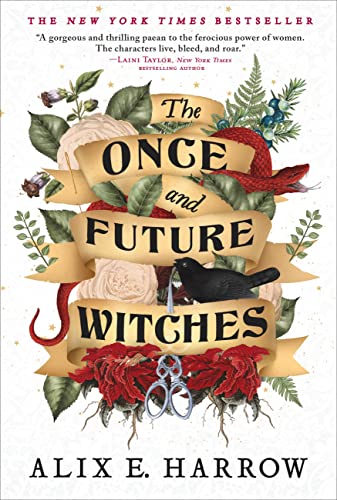
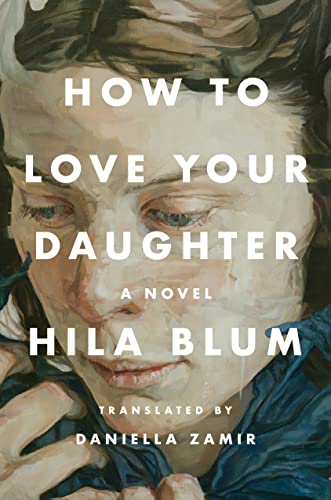
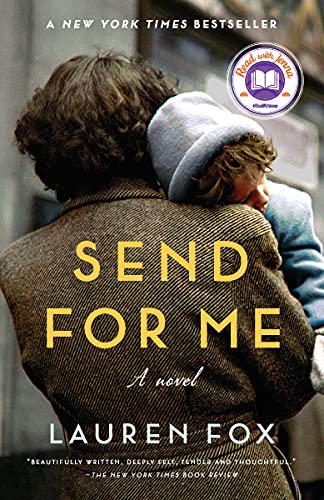
This is beautiful; thanks for sharing. Each page brought a new round of tears of appreciation for the love that the two of you shared.